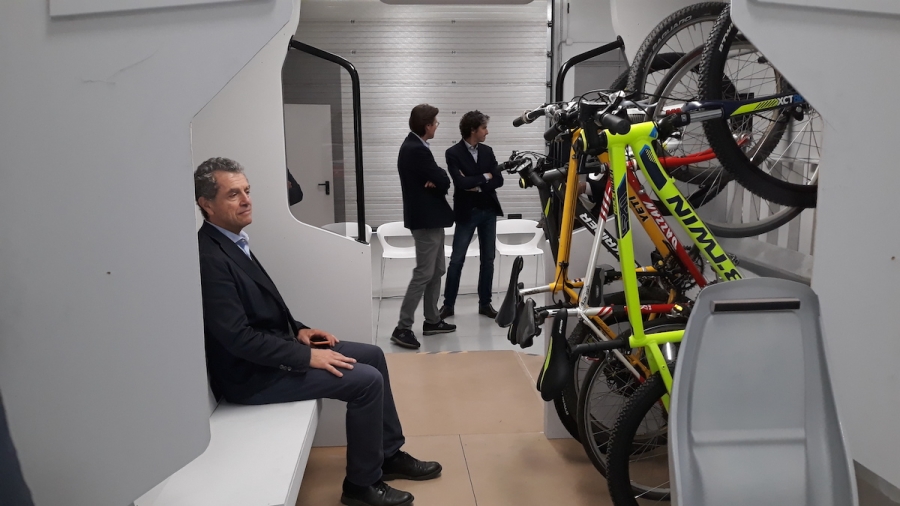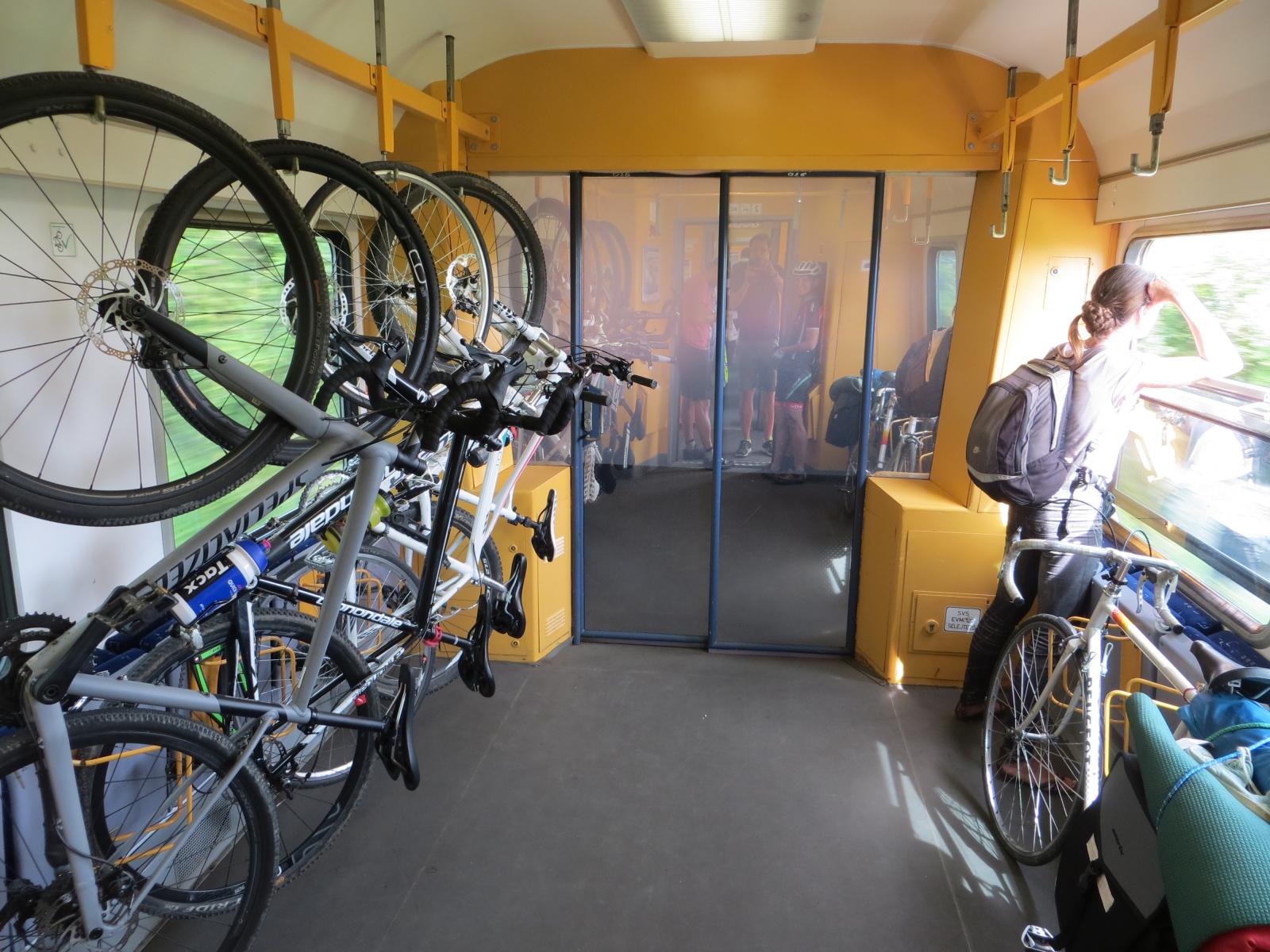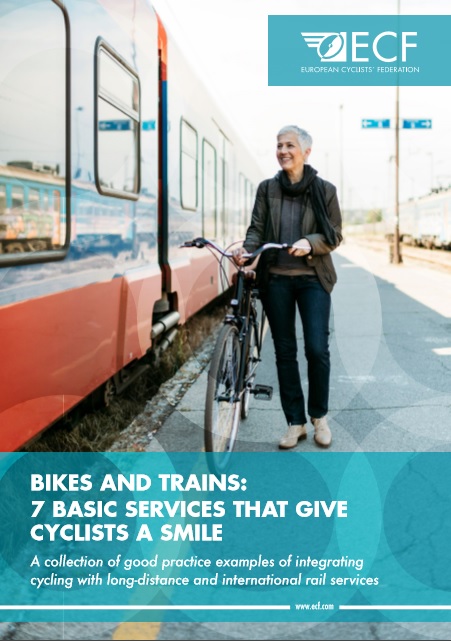
FIAB puts bicycles on Italian trains
During the summer, the Italian cycling advocates at FIAB wrote to the Minister for Transport Danilo Toninelli, calling for a future-proof upgrade of the national trains to make them compatible with a growing trend in mobility: inter-modality. And he listened.
The combination of train and bicycle trips is one of the most efficient ways to travel between cities, as it offers the best of the two worlds: the speed and directness of trains together with the flexibility and agility in traffic of bicycles at the beginning and end of the journey. Trenitalia, the Italian State-owned railway provider, is getting ready to refurbish some of its trains and in order to promote sustainable active mobility even on long distances, they decided to integrate space for bicycle carriage in the design.
As of 2020, all new InterCity trains will have dedicated space for 6 bicycles.
 InterCity are low-speed trains, targeted primarily at workers and students commuting between cities. They connect around 200 cities in Italy and are a key tool for inter-urban mobility nation-wide.
InterCity are low-speed trains, targeted primarily at workers and students commuting between cities. They connect around 200 cities in Italy and are a key tool for inter-urban mobility nation-wide.
Good news, but…
This decision and investment made by Trenitalia to improve their service and make bike-train intermodality possible is very positive and welcomed. For over 3 years, FIAB worked closely with the railway operator to ensure the specific needs of cyclists were duly taken into account. They were involved in the design process and provided valuable feedback on the type of support, the number of racks, their position on the train, the space between them, etc.
That said, it is still not as ambitious as FIAB originally hoped. The relatively low number of places introduced in this upgrade shows that there is still further work to do in convincing Europe’s rail operators of the opportunities presented by inter-modality.
There are no doubts that cycling will be central in the (urban) mobility system of the future. Preparing for that future is a strategic decision that falls on railway operators’ shoulders. Their role in the transition towards a sustainable Europe is key.
What others are doing
One year ago, on October 9th 2018, the European Parliament’s Transport and Tourism (TRAN) Committee voted to support a proposal to introduce a minimum of eight bicycle spaces on all new and refurbished European trains. The Committee added that
Passengers shall be entitled to take bicycles on board the train, including on high speed, long distance, cross-border and local services.
 The trialogue between the European Commission, Parliament and Council will have to come to a final wording for this topic (expected during 2020), but some railway companies are already paving the way:
The trialogue between the European Commission, Parliament and Council will have to come to a final wording for this topic (expected during 2020), but some railway companies are already paving the way:
- In Germany, Deutsche Bahn is integrating designated spaces for eight bicycles in all their new long-distance high-speed trains (ICE)
- The Polish rail operator decided to follow the European Parliament opinion anyway and started equipping all its new Intercity trains with 8 spaces for bikes (reducing the number of passenger seats by only 6)
What ECF is doing
ECF actively lobbies for improved conditions on the European level and in 2016, it published a quick guide to “give rail operators an overview of some of the measures that should be implemented in order to encourage combining bike and train trips” said Ed Lancaster, ECF Senior Policy Officer.
This would not only make cyclists’ life easier, thus supporting the promotion of a more sustainable and active mobility; it also gives trains a competitive advantage over other long-distance modes, potentially attracting more customers and positioning them as proactive agents of change towards a greener future.
Regions:
News category:
Topics:
Contact the author
Recent news!
Upcoming events
Contact Us
Avenue des Arts, 7-8
Postal address: Rue de la Charité, 22
1210 Brussels, Belgium









